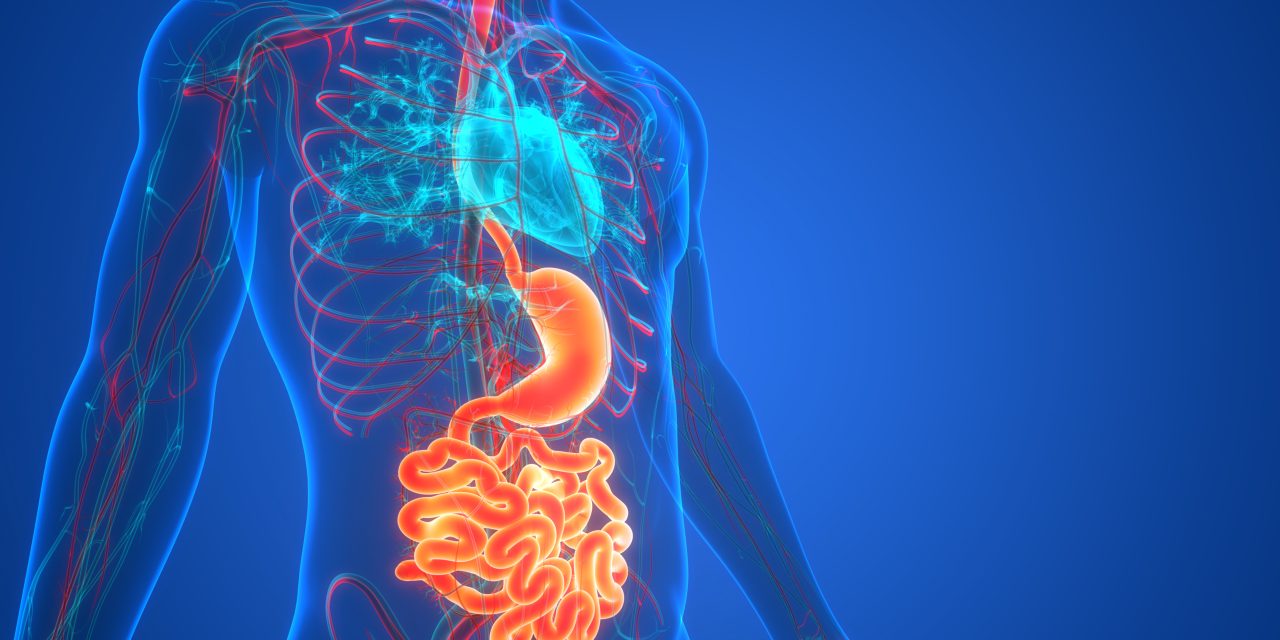Impaired esophageal motility and disrupted esophagogastric junction (EGJ) on highresolution manometry (HRM) have been associated with increased reflux severity in gastroesophageal reflux disease (GERD) patients. However, there are limited data evaluating HRM parameters in proton pump inhibitors (PPI) non-responders.
Clinical and endoscopic data, HRM and multichannel intraluminal impedance-pH studies performed of PPI therapy in patients with typical GERD symptoms were reviewed from 3 international centers. Frequency of GERD symptoms was assessed on and off PPI therapy in both non-responders (< 50% symptom improvement on PPI therapy) and responders. Rome IV definitions identified non-erosive reflux disease, reflux hypersensitivity, and functional heartburn. Univariate and multivariate analyses were performed to determine predictors of non-response.
Of 204 patients, 105 were PPI non-responders and 94 were responders. Non-responders showed higher EGJ contractile integral values, and a lower frequency of type II and III EGJ morphology ( ≤ 0.03 for each comparison). Esophageal body diagnoses on HRM (fragmented peristalsis, ineffective esophageal motility, or absent peristalsis) did not predict non-response. On multivariate analysis, non-pathological acid exposure time (OR, 2.5; 95% CI, 1.2-5.0; < 0.001), normal mean nocturnal baseline impedance values (OR, 2.7-2.4; 95% CI, 1.0-6.1; < 0.05), normal EGJ contractile integral values (OR, 3; 95% CI, 1.3-7.4; = 0.012), and presence of type I EGJ morphology (OR, 1.9; 95% CI, 1.0-3.4; = 0.044) were associated with an unfavorable response to PPIs.
Intact EGJ metrics on HRM complement normal reflux burden in predicting non-response to PPI therapy. HRM has value in the evaluation of PPI non-responders.
High-resolution Manometry Determinants of Refractoriness of Reflux Symptoms to Proton Pump Inhibitor Therapy.


